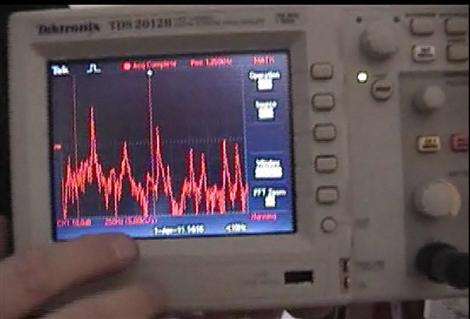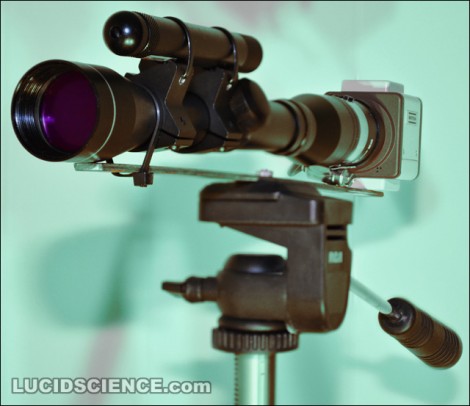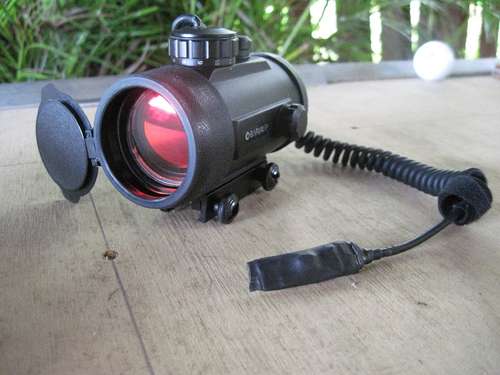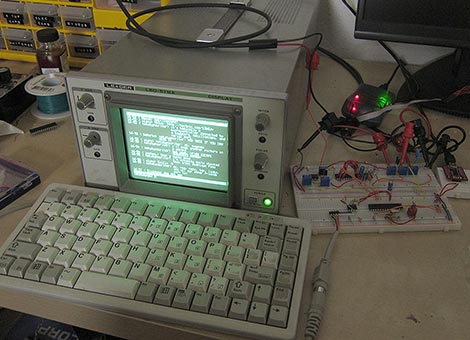
[Snypercat] makes no bones about the fact that she despises rats, and does everything in her power to keep them off her farm. We can’t blame her though – they spread disease, eat other animals’ food, and can get your farm shut down if there are too many running about. While most of us might hire an exterminator or set out a ton of traps, she chooses to take a far more hands-on approach, hunting down each and every one of those little buggers with an air rifle.
If you’ve ever gone rat hunting in the dark (and who hasn’t?), you know that it can be difficult to aim in the dead of night. Night vision scopes can be expensive, but [Snypercat] shows how you can make your own scope that gives you the added benefit of recording your kills along the way. She happened to have a Sony camcorder with built-in night vision capabilities, and with a bit of tweaking she was able to mount it on her rifle’s scope. An IR flashlight was mounted on the rifle as well, giving her enhanced visibility without spooking her prey.
Be sure to check out the pair of videos below to see how [Snypercat] attached the camcorder to the scope, along with how well it works in the field.
[via HackedGadgets]
Continue reading “Hunting Down Farmyard Pests With Technology”
















